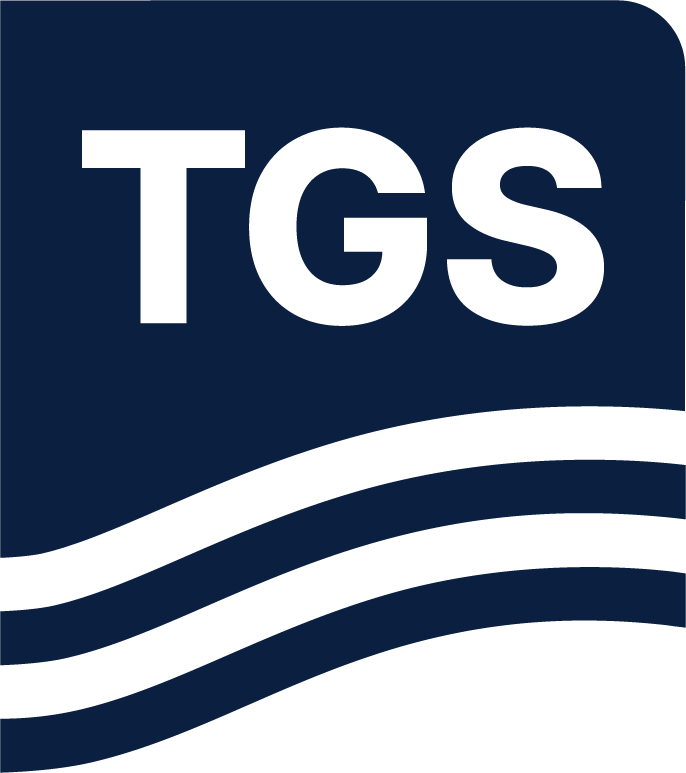This work investigates several supervised machine learning techniques, including RIDNet deep neural networks, Fourier Neural Operators (FNO), and U-Net Convolutional Neural Networks (CNNs), and applies them to various stages of the UHRS processing sequence. These methods are explored through real-case applications, including receiver deghosting, velocity model building, and integrated pre-stack correction workflows. The broader objective is to demonstrate how ML can fundamentally change UHRS processing by merging formerly discrete steps into cohesive, real-time solutions that are more efficient and equally robust.
Technical Library

